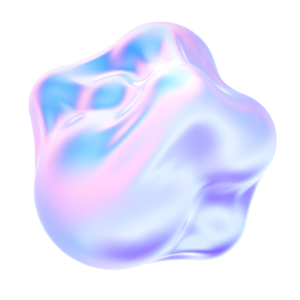Hold the vision
Trust the process
We define a clear hypothesis of how to plan to win, determine how we measure success and align our goals to strategic outcomes then execute.

Start With Why
- I am a missionarie
- Aspirational vision as the basis for product strategy and roadmap

Understand the Problem
- Have empathy for your customer
- Focusing on people problems before product problems
Product Design
Principles


Focus Relentlessly
- Doing fewer things better
- Prioritize based on vision, strategy, and a deep understanding of the customer and their problems

Empower the Team
- Discovering the solution together
- Teams have goals for problems to solve, not feature projects to deliver
Science and art behind remarkable products
My approach to product and feature launches is based on data-based
analysis, optimization, and statistical modeling. I’ve learned to eliminate
costly mistakes and increase the overall return on investment by analyzing
your goals and targets using methods such as heuristic evaluation, cohort
analysis, and customer feedback.
Double Dimond
Process
Exploring an issue more widely or deeply (divergent thinking) and then taking focused action (convergent thinking).

Discover
Conducting research in order to develop knowledge about what the users do, say, think, and feel.
New Business
- Design Strategy
- Stakeholder Meetings
- Target Users & Cases
- Competitive Analysis
- Market & Branding Goals
- Expert Opinion
Existing Business
- Heuristic Evaluation
- Competitive Analysis
- Data Analysis Report
- Reviews & Feedback Analysis
- Expert Opinion
Define
Combine all research and observe where the user’s problems exist. In pinpointing the user’s needs, begin to highlight opportunities for innovation.
User Needs
- Context
- Task Analysis
- Mental Models
- Expectation & Realty Gap
- User Personas
- Pain Points
Problem Analysis
- Ideal State & Goal
- User Motivation
- 5W - Why, What, Who, Where & When
- 2H - How & How much
- Users Affect & Business Impact
Define Success
- Critical Success Factor
- Usability Criteria
Architecture
- Primary Noun Method
- Informational Architecture
- Roadmap
Ideate
Brainstorm a range of crazy, creative ideas that address the unmet user needs identified in the define phase. No idea is too farfetched and quantity supersedes quality.
Branding & Identity
- Brainstorming
- Mood Boards
- Color Palette
- Typography
- Design System
- Low Fidelity Concepts
Real Designs
- High Fidelity Designs
- Apply gestalt principles
- Prototyping
- User Testing & Validate
- Iterate Designs
- Mobile Adaptations